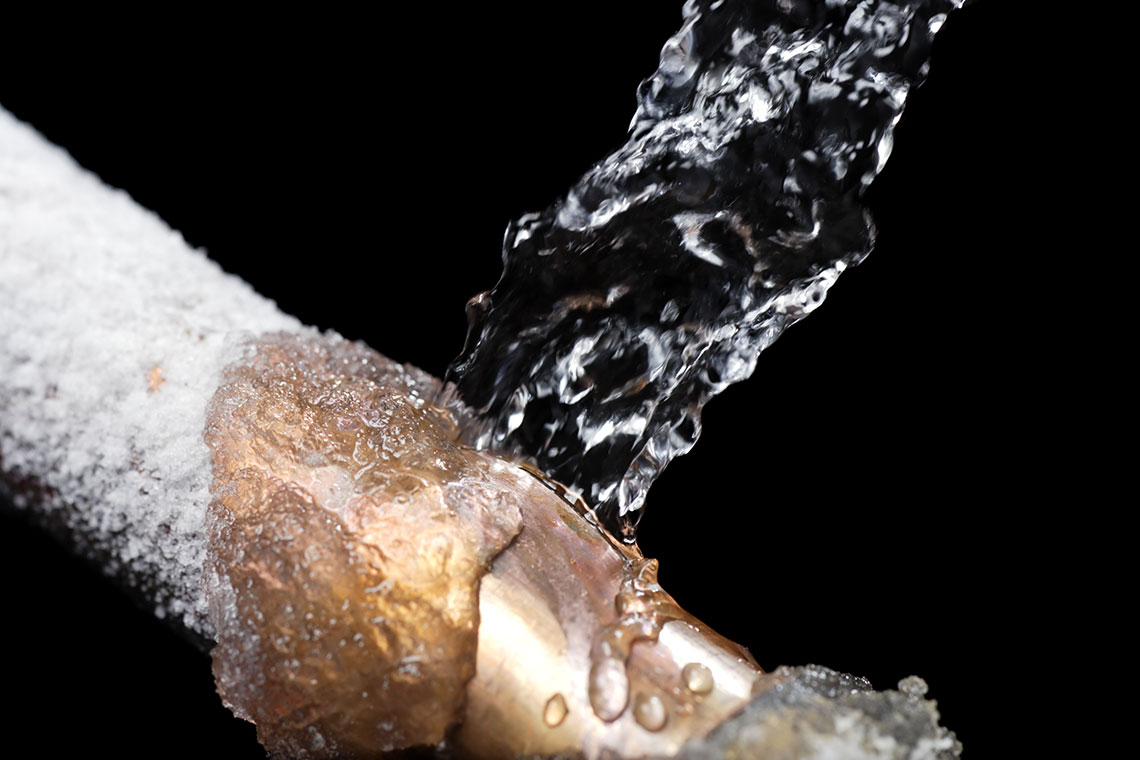Frozen pipes can cause very expensive damage to any property. Not only expensive, but stressful and sometimes very difficult to repair. So how can you avoid this? Winterize your building or home for freezing temperatures to avoid malfunctioning or burst pipes. The process prepares your plumbing system for winter’s chill and can save you a huge hassle and lots of cash! Use this checklist to winterize your plumbing.
Insulate pipes
Pipes in unheated areas like a crawl space, garage, or attic are susceptible to freezing temperatures. Use heat cable along the pipes and cover with pipe insulation. The insulation by itself isn’t designed to withstand long-term cold temperatures and can actually prevent warm air from reaching the pipes when not partnered with heat cable.
Shut off outdoor faucets
Open your outdoor faucets to allow excess water to run out, then turn off the faucet at the shutoff valve. If you don’t first allow the bleeder cap to drain, the pipe can still freeze and crack.
Open cabinet doors
During a stretch of particularly cold weather, you can open your kitchen or bathroom under-sink cabinets to allow warm air to circulate near the pipes. Behind closed doors, pipes are vulnerable because the warm air in your home can’t reach them.
Check furnace or HVAC unit
If your HVAC unit or furnace goes out during the dead of winter, your pipes will suffer through the freezing temperatures until a repair can be made. Ensure your heating system is working properly before winter arrives.
Run water
Allow a trickle of water to run through the faucet to avoid freezing pipes. The pressure relief from a slow drip can prevent frozen pipes from cracking. While you may see a minor bump in your water bill, it’s much better than footing the cost for pipe replacement.
Inspect the exterior
Do a walk-around of your home looking for visible cracks that need to be sealed. Cold air will seep through the cracks, causing your pipes to freeze. Use spray foam or caulking to fill the gaps and protect your pipes.
Protecting your pipes from winter’s harsh temperatures doesn’t require a lot of time or strenuous work. Follow these basic steps to keep your water flowing and pipes intact through the coldest months of the year.
